HHSS is a quiet, minimalist cafe with a cozy atmosphere located in the Mangwon-dong neighborhood of Seoul, South Korea. (Source: Nikkei Asia) |
In South Korea, where private homes are rarely used as gathering places, coffee shops have long been the ideal social space. Koreans go to coffee shops not only to drink an espresso, but also to date, study in groups, chat, work, or simply find a quiet corner to read a book.
With over 100,000 coffee shops nationwide, of which around 25,000 are located in the capital Seoul, coffee culture here has gone beyond the scope of cuisine , becoming a symbol of lifestyle, personal aesthetics and a characteristic of contemporary urban life. The four coffee shops below are vivid examples of the diversity and creativity of Korean coffee culture.
House of Vinyl: Classic Melodies in the Heart of Yeonhui-dong
House of Vinyl represents classic architecture in Yeonhui-dong, an area once known for its luxurious mansions. (Source: Nikkei Asia) |
Located near the vibrant Hongdae area and next to Yonsei University, Yeonhui-dong in Seodaemun District is known for its old villas, which were once home to prominent politicians and businessmen. Today, many of the houses have been converted into creative spaces, contributing to the formation of a young and dynamic community.
House of Vinyl is one of the highlights. The shop impresses with its high-end sound system with classic Alnico speakers, often playing R&B and gentle jazz. On the wooden shelves are vinyl records of Norah Jones, Tom Misch or Frank Sinatra, creating a quiet space and an ideal backdrop for artistic photos.
The shop's signature desserts are the persimmon pavlova and green tea pound cake. (Source: Nikkei Asia) |
The second floor is decorated like a classic living room with leather sofas, wooden chairs and warm lighting, suitable for those who want to read books or have private conversations. The owner, Jang Woo-hyuk (35 years old), said he wanted to create a space where people can “heal” through music and coffee. Having failed with an overly luxurious cafe, he learned from his experience and switched to a warmer, more approachable design for young people.
The menu is also carefully crafted. Coffee beans are imported from reputable domestic suppliers. Signature coffees include the Honduras filter coffee with grape, grapefruit and chocolate flavors; Splash Daiquiri with cantaloupe, honey and pineapple flavors. In addition, the ripe persimmon pavlova and matcha cake are beautifully presented, in line with the trend of sharing images on social networks.
HHSS: A quiet place amidst the hustle and bustle of life
The kitchen counter at HHSS gives a warm and homey feel. (Source: Nikkei Asia) |
Mangwon-dong is one of Seoul’s up-and-coming areas, where traditional markets, street food, and quirky boutiques intersect. Here, HHSS is a unique cafe in both its operation and its space.
Located on the third floor of an old building that also houses a massage parlor and a stew restaurant, HHSS was originally the design office of 34-year-old Noh Han-ho. The space was originally used for work and receptions, but it gradually became popular as friends and colleagues stopped by to hang out, drink coffee, and share photos on social media. After some consideration, Noh decided to move the office elsewhere and turn the space into an official cafe from May 2023.
With a quiet, less-disturbed space, HHSS has become a favorite choice for students and freelancers. (Source: Nikkei Asia) |
The only identifying features of HHSS are the words written in blue tape on the third-floor window and a large red “H” at the entrance. Inside, the cafe resembles a typical Korean apartment, with creaky wooden floors, a small kitchen full of utensils, customers’ shoes lined up at the door, and an eerily quiet atmosphere. There is no background music, just the clacking of wood and light footsteps. A cat quietly roams the cafe, adding to the homey feel.
With its minimalist and friendly space, HHSS attracts many students, freelancers and those who love privacy. The shop is like a quiet place in the heart of bustling Seoul.
Heritage Club: Where tradition and modernity intersect
Located on Seosulla-gil walking street, Heritage Club has become a popular stop for tourists recently. (Source: Nikkei Asia) |
Jongno is the historical and cultural center of Seoul, home to Gyeongbokgung Palace, Gwangjang Market, and many traditional shrines. In recent years, Seosulla-gil Street in this area has gradually become a favorite destination for tourists and locals thanks to its quiet space, ancient brick walls, and many cafes with airy terraces.
Housed in a traditional Korean hanok house, Heritage Club offers a classic experience with modern service. By day, it’s a coffee shop with cinnamon apple lattes made with homemade syrup and served with cinnamon sticks. After dark, it transforms into a lively bar with imported beers like Guinness and organic chocolate beer.
The traditional hanok space further accentuates the charm of Seosulla-gil Street. At night, Heritage Club becomes a lively bar. (Source: Nikkei Asia) |
Due to its central location, the bar limits service time to two hours per customer. However, this does not diminish the appeal of Heritage Club. The fusion of traditional architecture and contemporary spirit makes this place a favorite meeting place for Seoul's youth and international tourists.
Le Montblanc: A small corner in a multicultural neighborhood
Haebangchon, located near Itaewon – an area that was once the center of the foreign community, is a neighborhood of steep hills, crowded houses and a nostalgic atmosphere. After Japan withdrew from the Korean peninsula in 1945, the area was home to many Koreans who returned home. Today, Haebangchon is thriving with cafes, restaurants and independent shops that attract both Koreans and foreigners.
Entering Le Montblanc, visitors will encounter a bakery operating on the first floor. (Source: Nikkei Asia) |
Le Montblanc is one of the highlights of the area. Perched on a hillside, it offers sweeping views of the city and a cozy terrace. The house used to be Jeon Sun-hye’s husband’s knitting workshop, and it was that memory that inspired her to transform it into a cafe in 2018. The desserts, such as the mousse shaped like a ball of wool or a sweater, are a mix of nostalgia and culinary art, which Jeon learned at Tokyo’s Le Cordon Bleu.
The first floor area is an open kitchen where guests can watch the baking process. In the summer, Island Sunset – a South African black tea with raspberry, elderflower and berries is a popular choice. In the winter, Almond Black with pineapple, wild rose and coconut is a favorite of many guests.
Le Montblanc attracts not only young people but also many older customers and international tourists thanks to its location near Shinheung Market, which is home to many wine bars, fashion stores and European-style bistros. Ms. Jeon shared that in Shinheung, visitors can feel the fusion between Europe and Hong Kong (China). “Each store here has its own identity, and that is what creates vitality for the whole neighborhood.”
A highlight of the shop's dessert menu is the mousse cake shaped like a sweater. (Source: Nikkei Asia) |
In Seoul, coffee is more than just a drink. It is a way for young people to express their personality, a place to find relaxation in the middle of the city, and a space to connect people in modern life. Cafes like House of Vinyl, HHSS, Heritage Club or Le Montblanc are vibrant pieces that reflect the colorful urban life of Korea.
From traditional hanok houses to old buildings to creative hillside spaces, Seoul’s coffee culture showcases a delicate blend of old and new, privacy and community, aesthetics and functionality. In the hustle and bustle of a global metropolis, these coffee shops still hold a distinct role, as places where people find silence, where emotions, memories and beauty coexist naturally and deeply.
Source: https://baoquocte.vn/du-lich-han-quoc-4-quan-ca-phe-ban-khong-nen-bo-lo-khi-den-seoul-321330.html


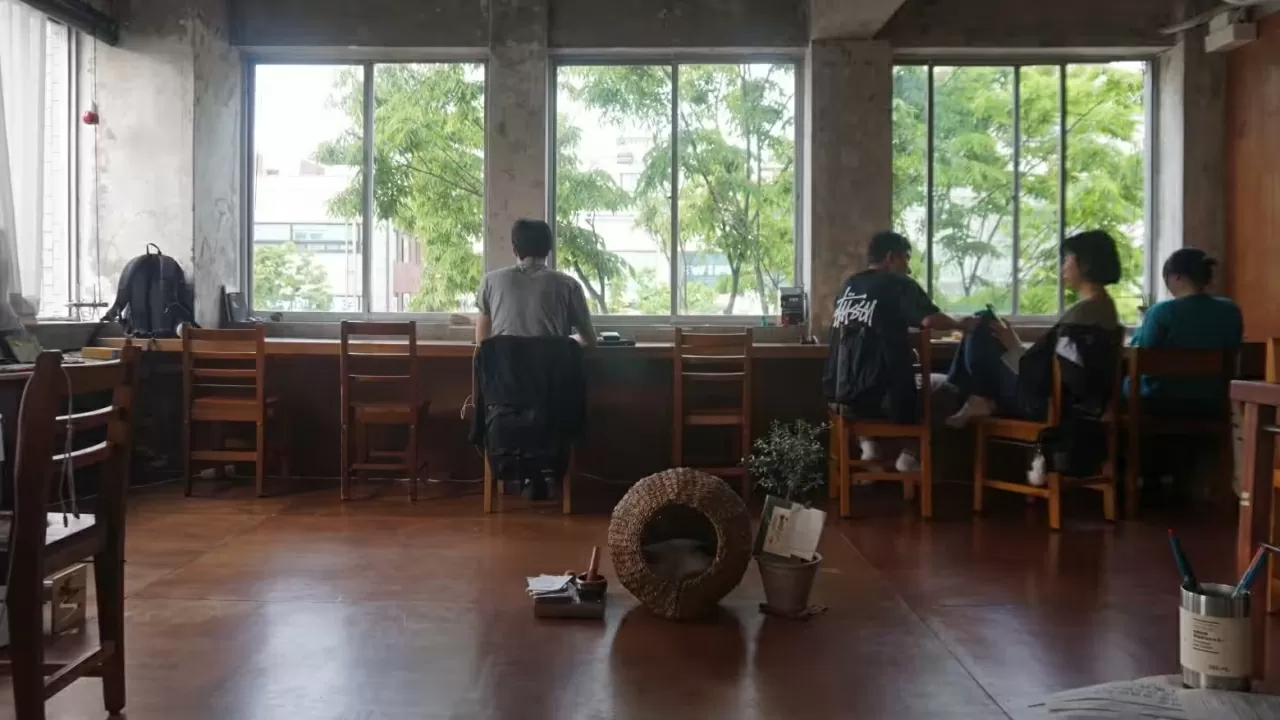
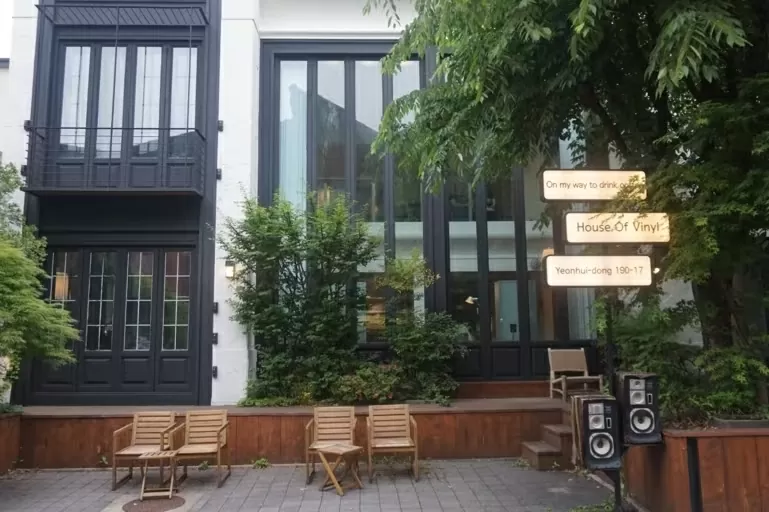
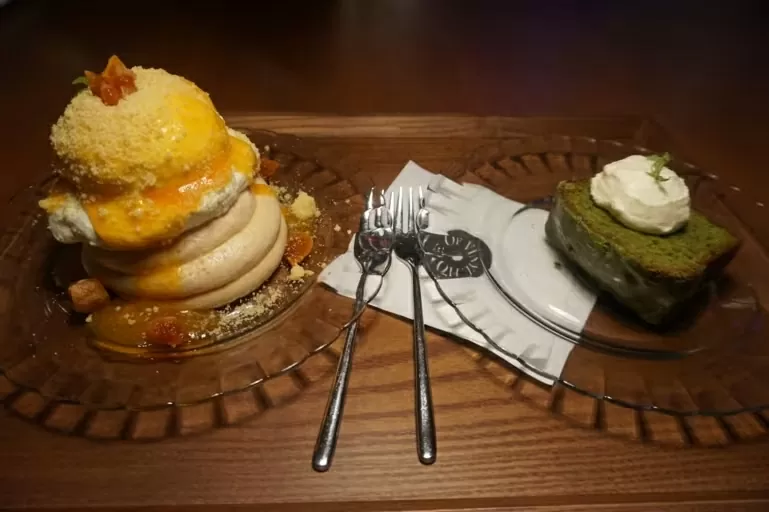
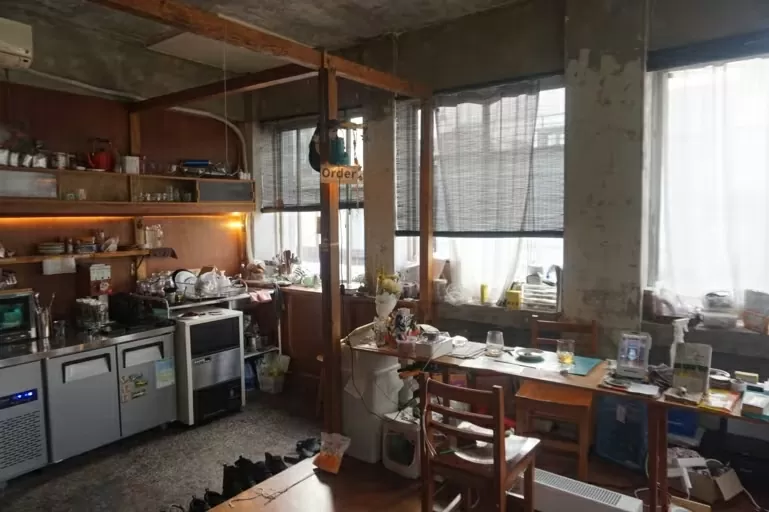
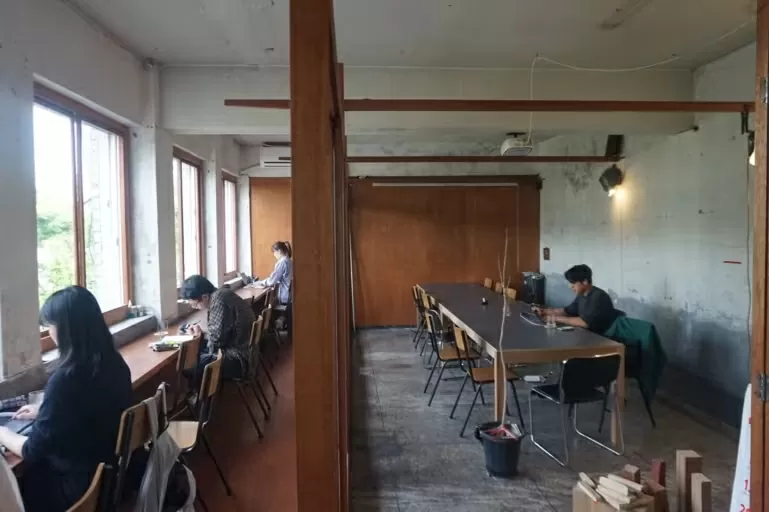
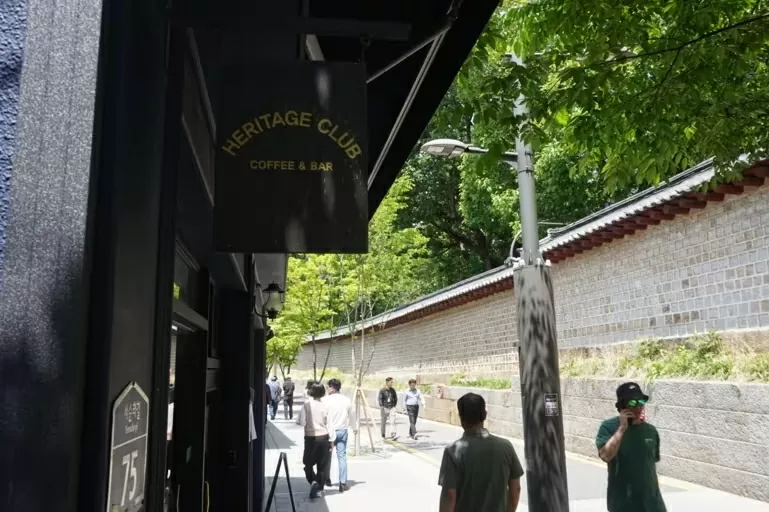
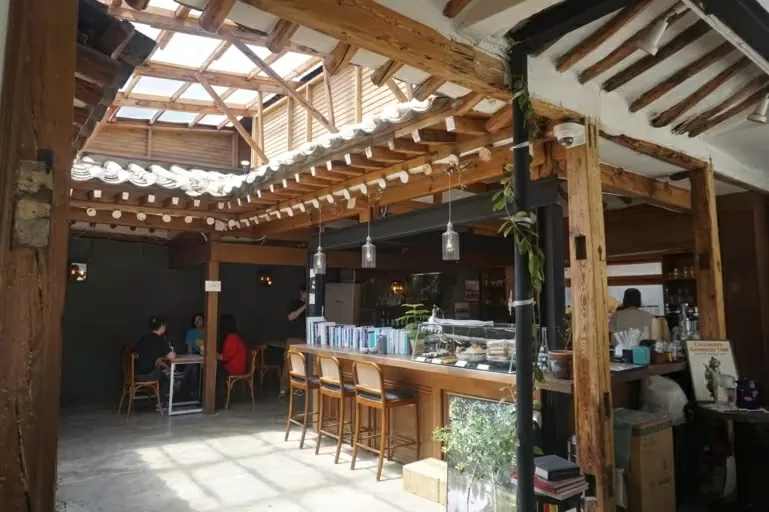
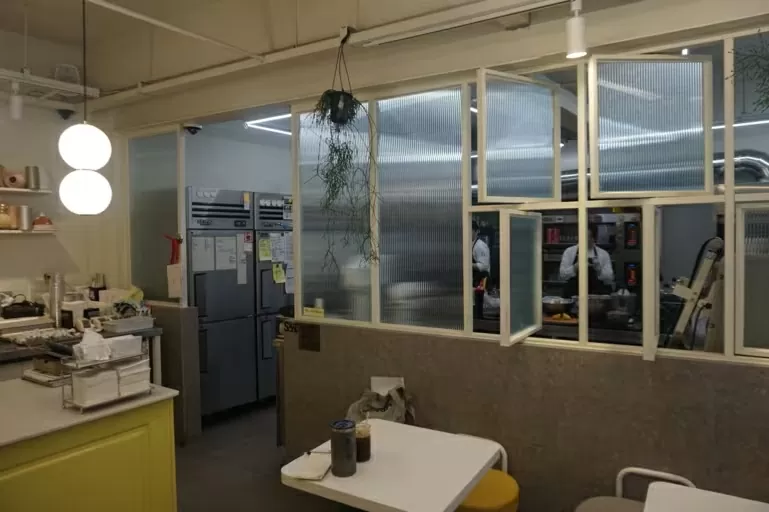
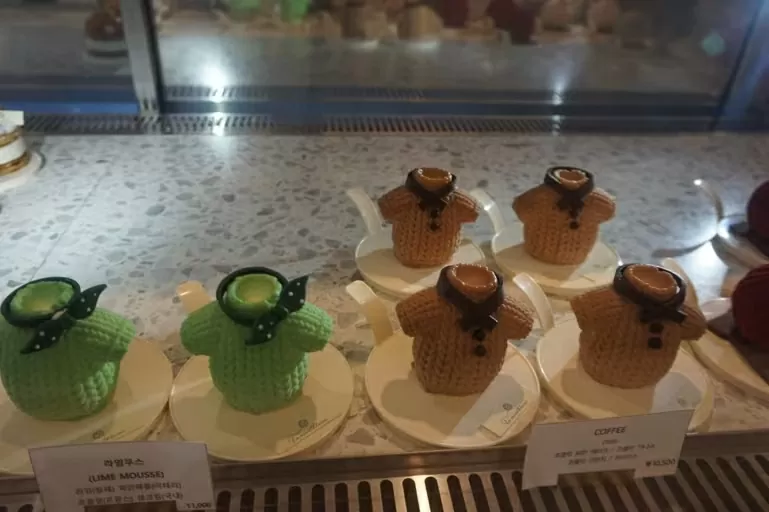
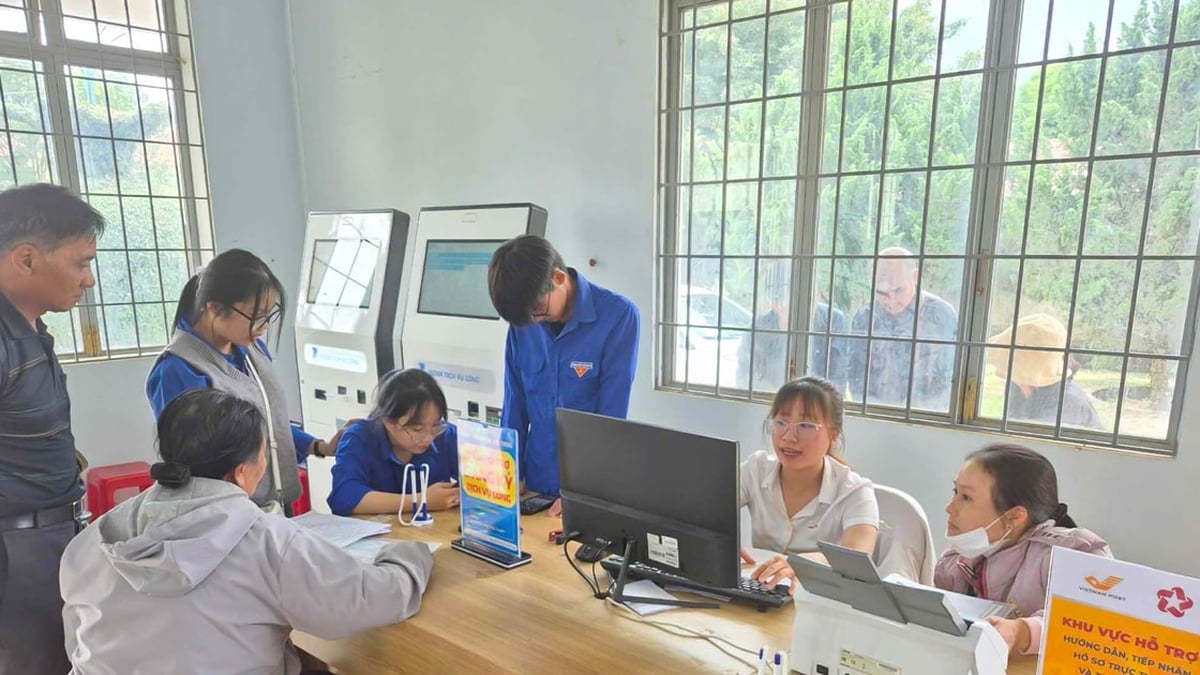
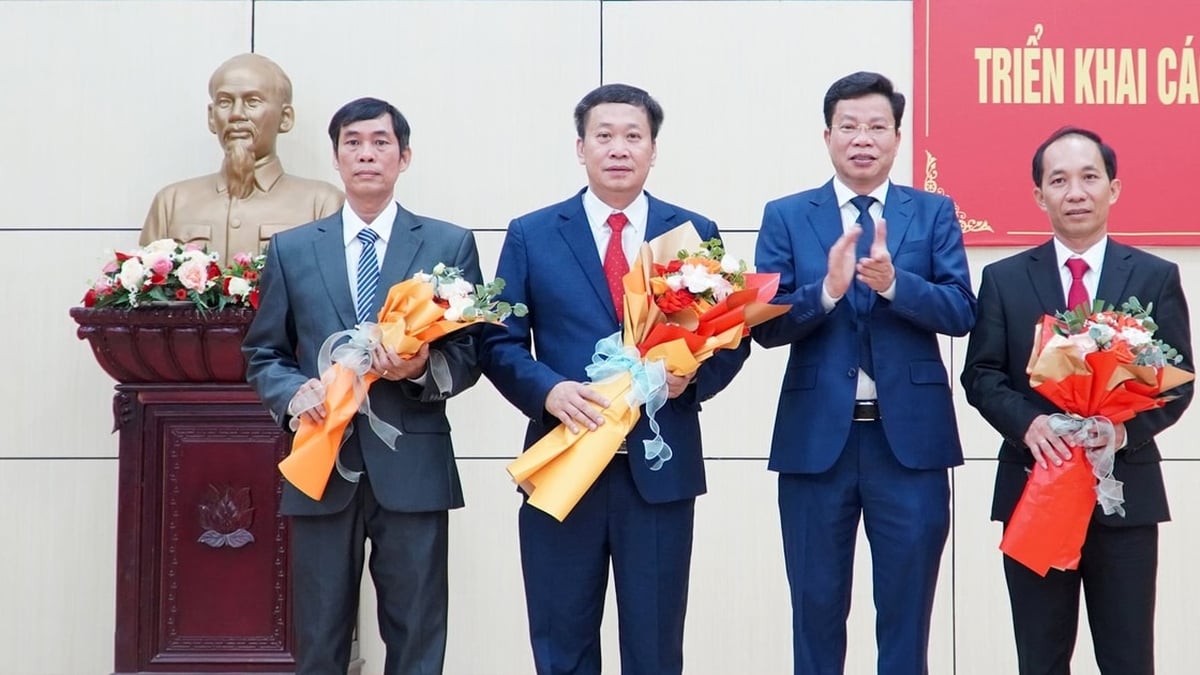
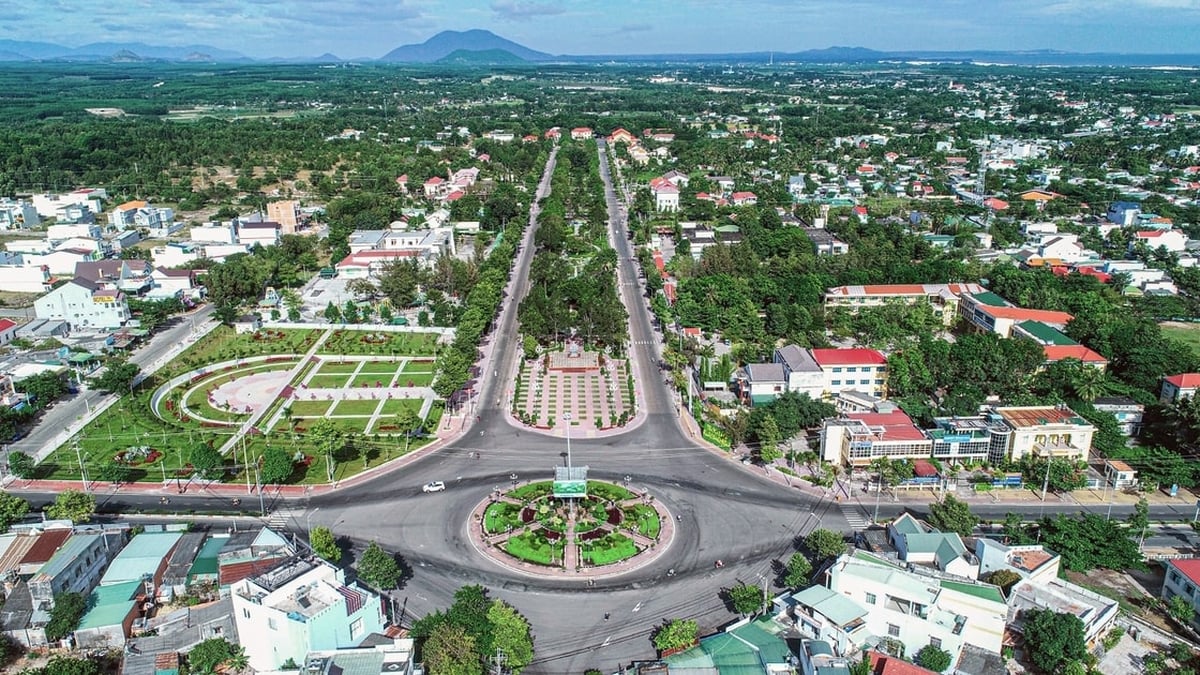



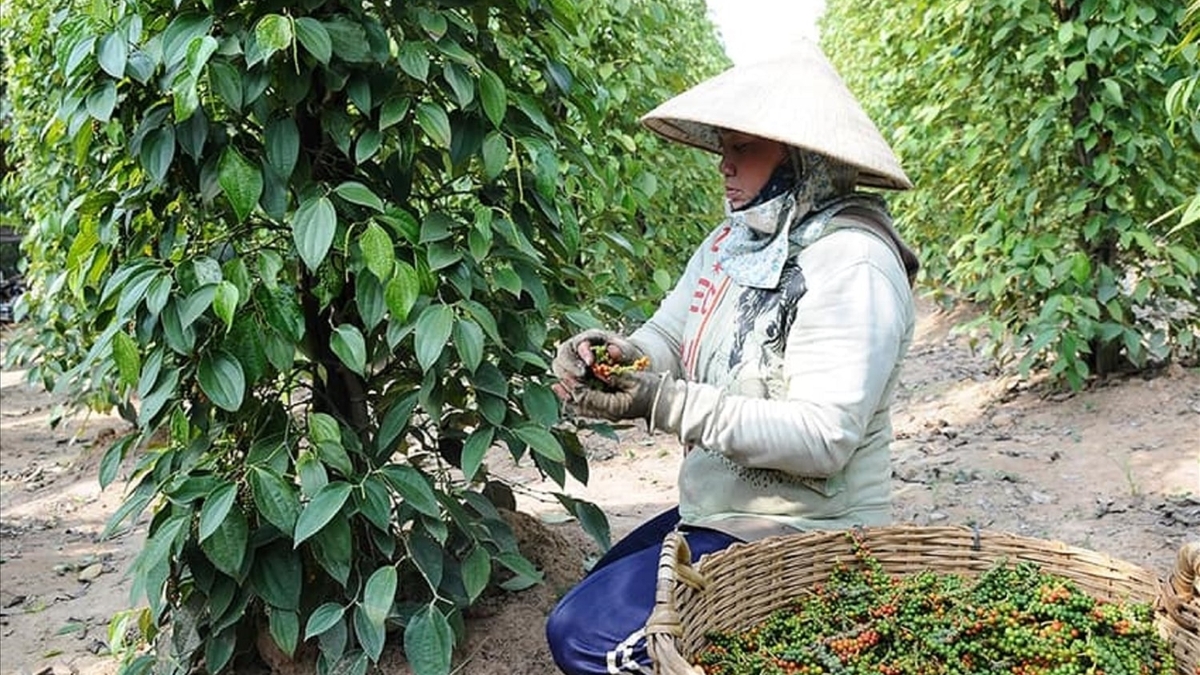
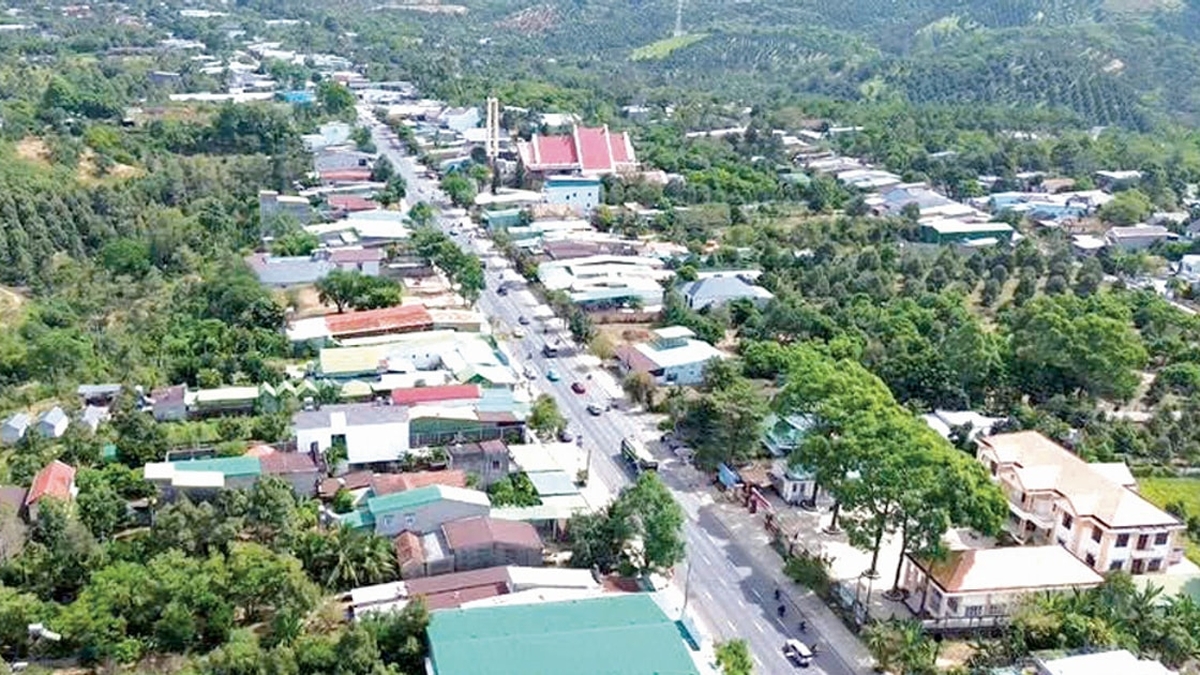
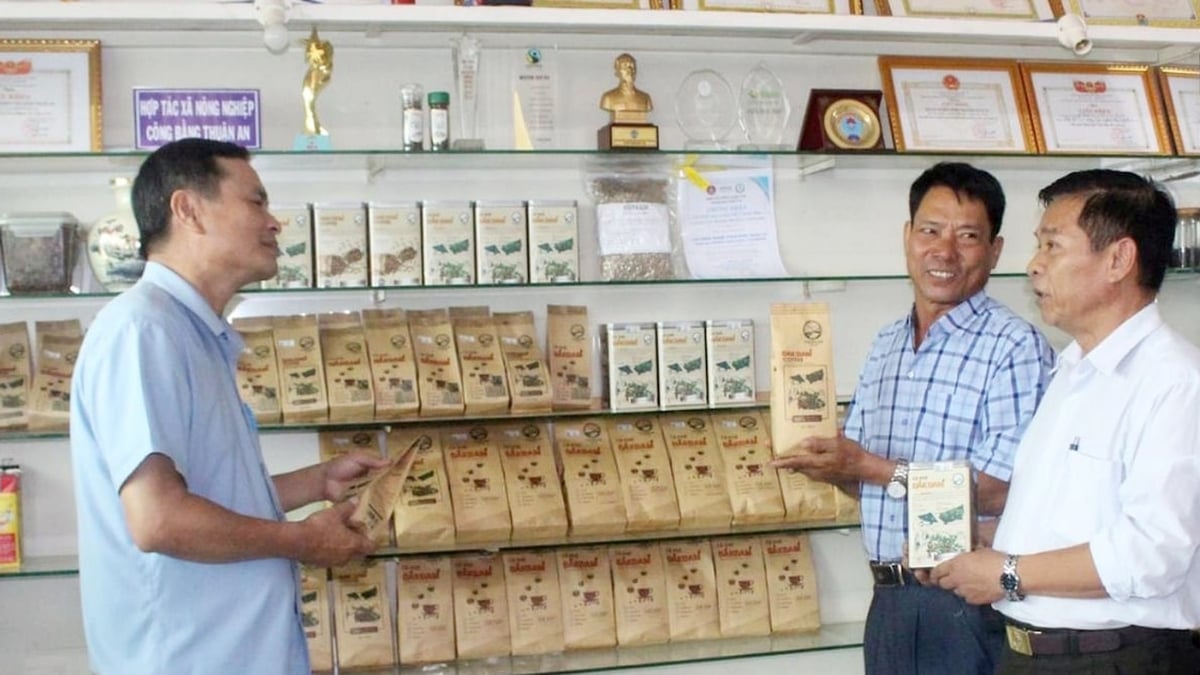
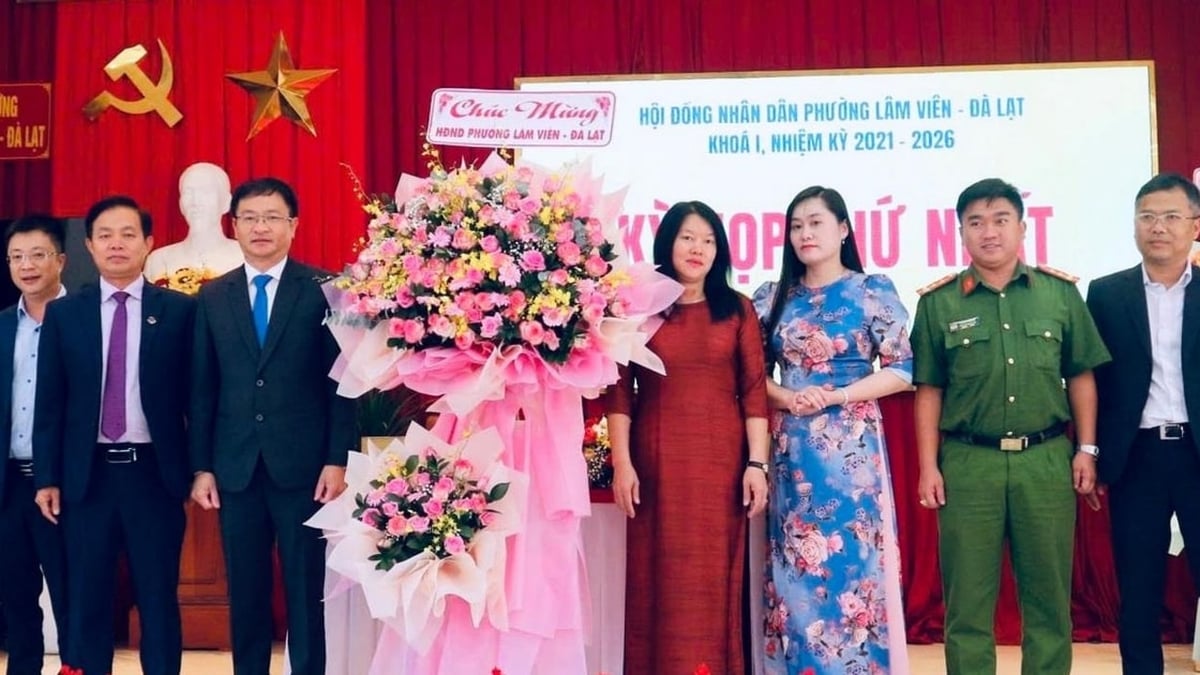














![[Photo] National Assembly Chairman Tran Thanh Man visits Vietnamese Heroic Mother Ta Thi Tran](https://vphoto.vietnam.vn/thumb/1200x675/vietnam/resource/IMAGE/2025/7/20/765c0bd057dd44ad83ab89fe0255b783)











































































Comment (0)